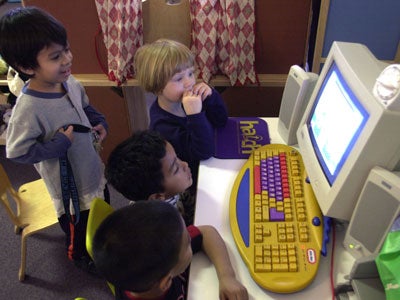What’s the best way to make sure nobody sees the results of a scientifically rigorous evaluation? Release your findings on the Friday afternoon before Christmas.
Today the Department of Health and Human Services (HHS) will release the findings of its long overdue (four years overdue to be exact) third-grade follow-up study of the Head Start program. The first-grade evaluation —a rigorous experimental evaluation conducted by HHS in 2010—found that any benefits of participating in the program completely disappeared by the first grade.
Moreover, HHS found that access to Head Start failed to have any impact on 4-year-old children for the 41 assessed cognitive measures. On the 41 assessed cognitive measures for the 3-year-old cohort, Head Start actually did have an effect on one of the measures—teacher-assessed math ability—but it was negative. That is, Head Start actually had a harmful effect on children’s mathematics skills, as reported by their teachers.
The third-grade follow-up is likely to show as dismal or worse results.
So it’s no wonder HHS decided to withhold their findings from the parents and taxpayers who fund Head Start. After much prodding by The Heritage Foundation and Members of Congress like Senator Tom Coburn (R–OK), HHS is finally releasing the results of this $8 billion per year Great Society relic.
Since 1965—when Head Start was founded as a small summer program—taxpayers have spent more than $160 billion on the initiative. Taxpayers deserve to know whether their money is being well spent, and parents deserve to know the outcomes of programs in which they enroll their children.
But as University of Arkansas Professor Jay P. Greene commented on the timing of the release, “[HHS] might as well put the results on display in a locked filing cabinet in a disused lavatory behind the sign that says ‘beware of the leopard.’”
If the federal government continues to fund Head Start, states should be allowed to make those dollars portable, enabling students to attend an early education provider with great teachers that meets their learning needs.































